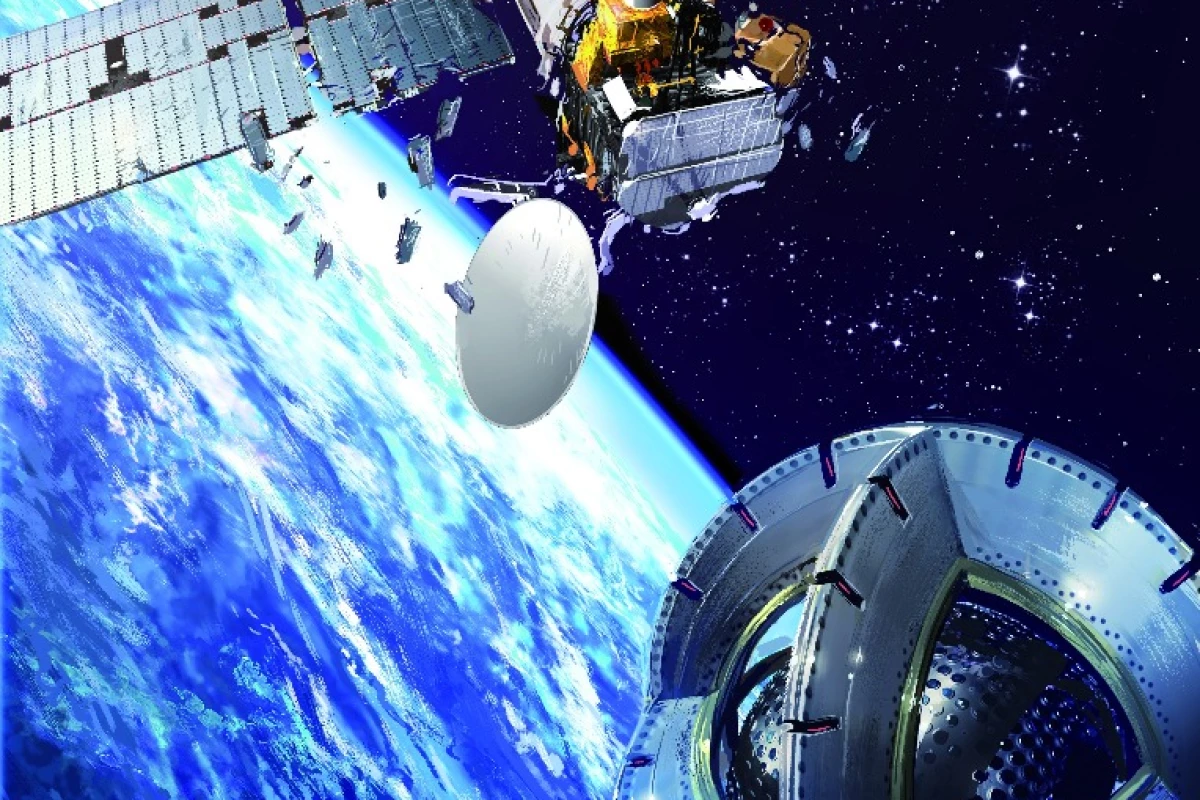An ESA-funded scientist is developing a magnetic space tug to combat the growing problem of space debris. The tugs could lock onto derelict satellites and deorbit them before they become a hazard to navigation, and because they use cryogenic magnets, they wouldn't have to even touch the derelicts and the targets wouldn't need to be specially modified for towing.
Depending on how it's defined, there are over 500,000 pieces of debris or "space junk" orbiting the Earth, ranging in size from old launch vehicles and dead satellites down to flecks of paint. Because they travel at tens of thousands of miles per hour, even the smallest object can strike with the force of a meteor, and if a large one should hit a satellite, the impact could turn them both into deadly clouds of shrapnel.
So how do we remove this debris before the number of objects grow and it becomes a hindrance to space travel itself. Many solutions are being studied, and one key area is figuring out how unmanned space tugs can grapple with derelict satellites so they can be towed down into the Earth's atmosphere or out to so-called graveyard orbits.

Funded by ESA's Networking/Partnering Initiative, Emilien Fabacher of the Institut Supérieur de l'Aéronautique et de l'Espace at the University of Toulouse has come up with a system using magnetic fields generated by superconducting wires cooled to cryogenic temperatures. For his PhD research, he has been using a rendezvous simulator with magnetic interaction models to study how to guide, navigate, and control such tugs.
"With a satellite you want to deorbit, it's much better if you can stay at a safe distance, without needing to come into direct contact and risking damage to both chaser and target satellites," says Fabacher. "So the idea I'm investigating is to apply magnetic forces either to attract or repel the target satellite, to shift its orbit or deorbit it entirely."

The beauty of the method is that it not only eliminates physical contact with the target, but the satellites doesn't need to be specially designed for the magnetic tug to lock on. Low-Earth satellites are equipped with magnetorquers, which use the Earth's magnetic field to keep them oriented and prevent tumbling. The cryogenic magnets would be strong enough to use these magnetorquers like a built-in towing eye.
A bonus of the technology is that it could also be used to help keep satellites flying in formation for complex arrays, such as space telescopes. Using their attraction and repulsion, the satellites could be kept within 10 to 15 m (32 to 50 ft) with a precision of 10 cm (4 in) and an attitude of one to two degrees.
Source: ESA






